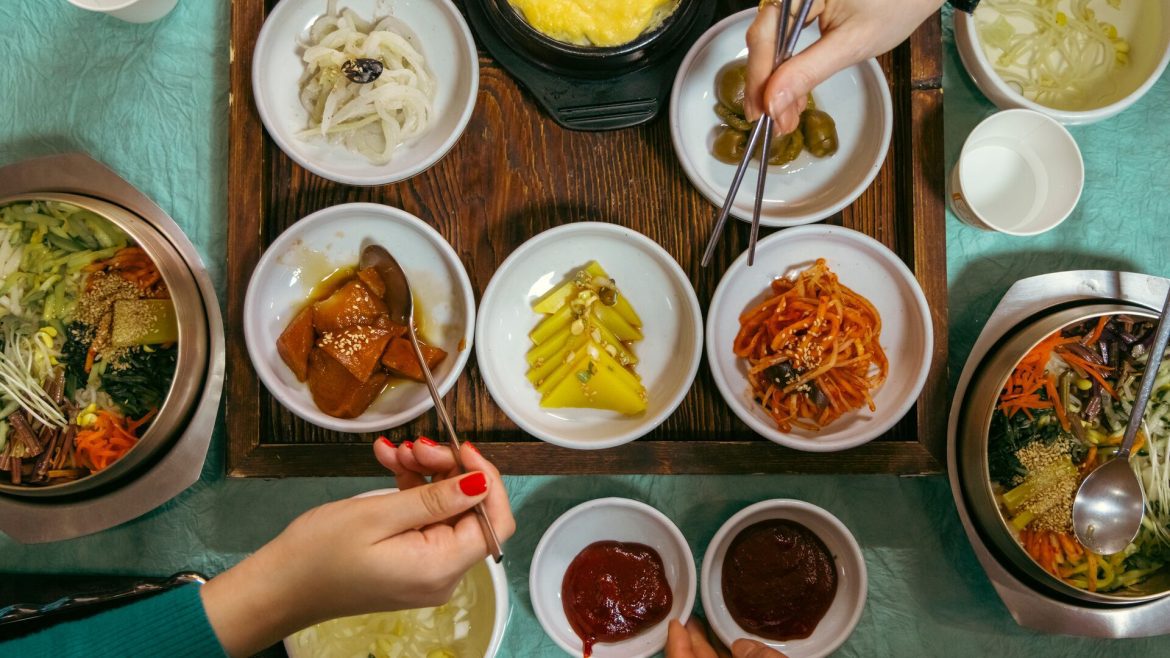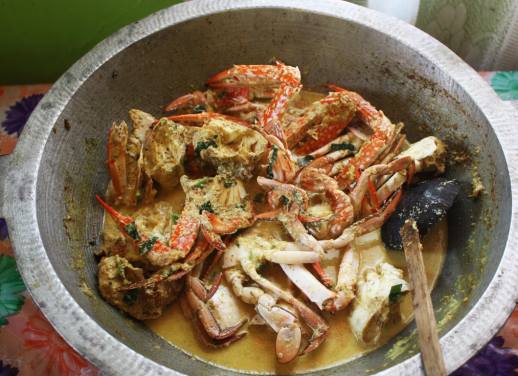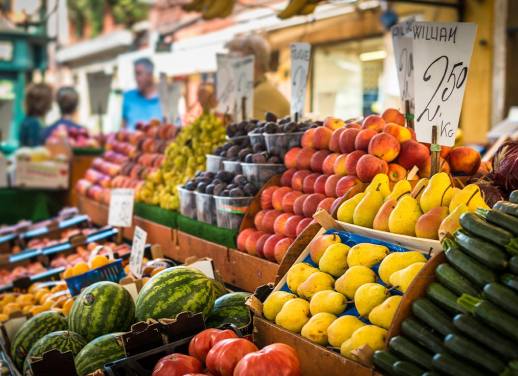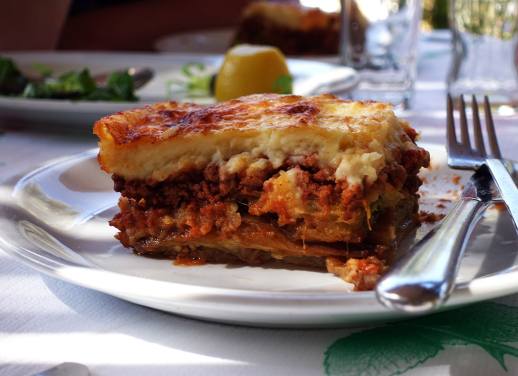You might not have heard of banchan, but if you’ve ever tried Korean food, you’ve probably eaten them. These flavourful side dishes are tiny but mighty accompaniments to Korean cuisine.
What actually are banchan?
Banchan is the collective name for little shared dishes that sit alongside rice. You could call them ‘condiments’, but that wouldn’t do them justice. As well as kimchi, they come in the form of flavourful vegetables, stir fries and pickles – to name a few.
Banchan may be small but they pack a punch (disclaimer: no actual punching is involved). Typically you might get three or four, but you can have a table crowded with ten, fifteen or even twenty at a high-end place. They’re replenished as you eat – which is good because you will want to devour them. Banchan treat your palette to the tang of marinated cucumbers, the crunch of savoury pancakes, the mouthwatering umami unique to gochujang. And much more.
What is the role of banchan?
A person that only eats rice without side dishes is called “babbo” which means uneducated person.
Intrepid South Korea leader Yong Park says rice dishes need banchan. ‘Rice is considered the main part of the meal, but Koreans believe that rice does not have much flavour and just rice as a meal would be unhealthy,’ he says. ‘Banchan are the key accompaniments to add flavour and nutrition to the rice. A person that only eats rice without side dishes is called “babbo” which means uneducated person.’
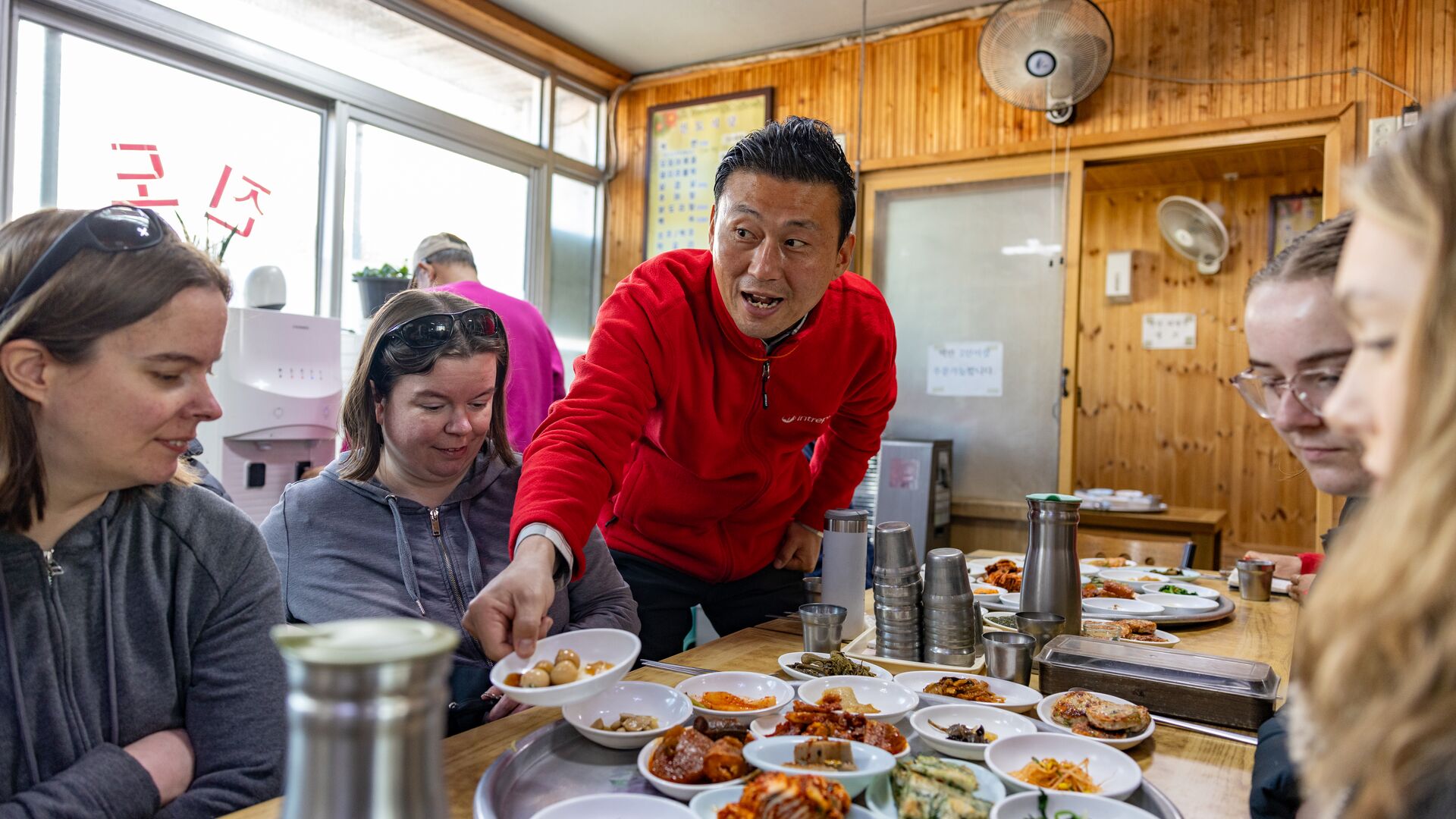
What makes a good banchan?
Not all banchan are created equal, and in South Korea’s bevy of eateries, you might see some more than others. Kimchi is the most popular, Yong says, while fried anchovies (myeolchi bokkeum), stir-fried spicy pork (jeyuk bokkeum) and salted and roasted seaweed (gim) feature frequently too.
So how do you tell good banchan from bad banchan? Yong advises there should be lots, and they should be yum. ‘There should be various, seasonal and cooked and uncooked side dishes,’ he says. ‘For Koreans, the saltiness is important – too much salt shows a cook’s lack of skill. The fermented sauces, garlic and herbs should accent the natural flavour of the main ingredient or mask gamey or off flavours. Most importantly, they need to match well with rice. Good banchan makes us want to eat more rice. If someone says they were very hungry, they would say they ate two or three bowls of rice which means the banchan were very good.’
Where can I eat banchan?
According to Yong, you can find great banchan at Korea’s traditional markets. ‘They also have many seasonal ingredients to take home to make at home.’ But for the very best banchan, nothing beats a home-cooked meal. ‘Our mothers always make the best banchan. They have various banchan and it is a very reasonable price!’
Outside the home, you’ll see banchan at almost any eatery in South Korea. Nibble some as an appetiser, or eat them with your full meal. Find your favourites, and proudly proclaim that you are not a babbo.
Eat all the banchan and more on Intrepid’s South Korea Real Food Adventure.

